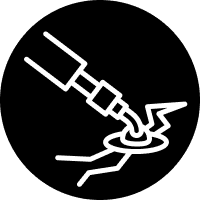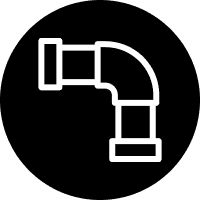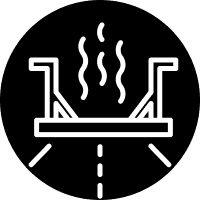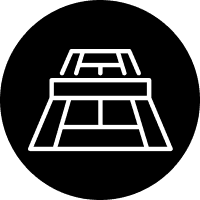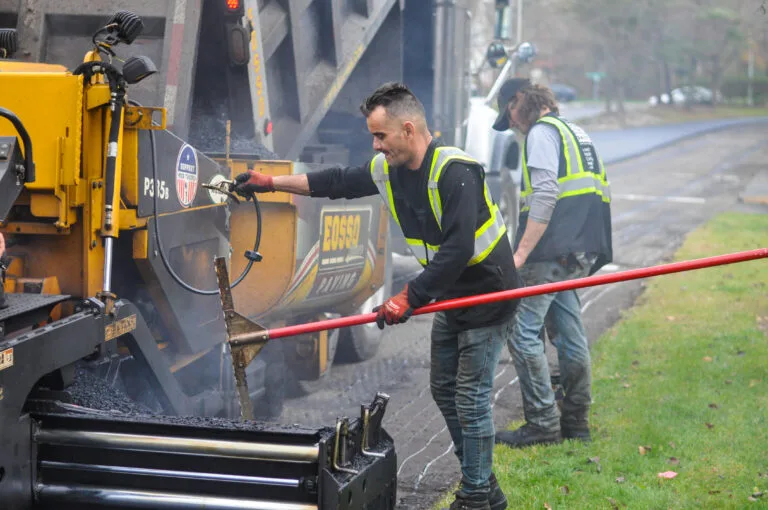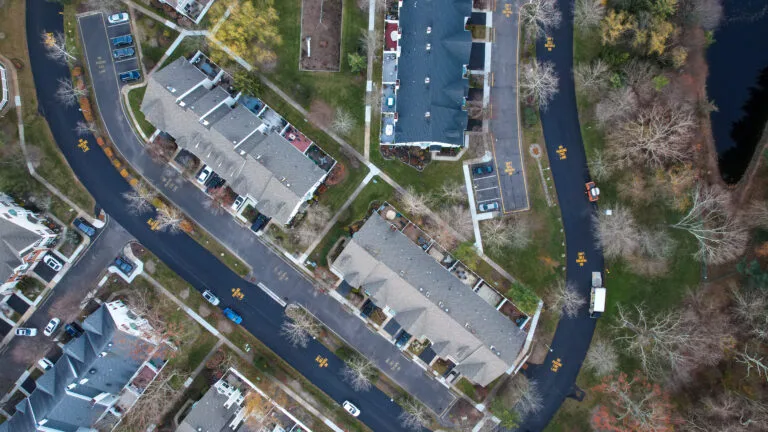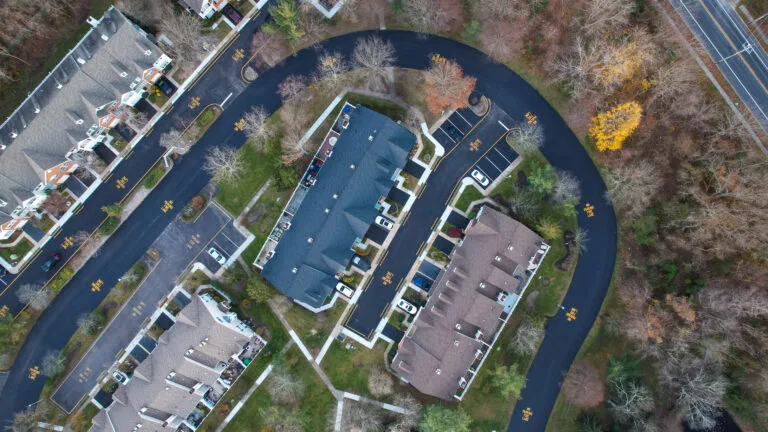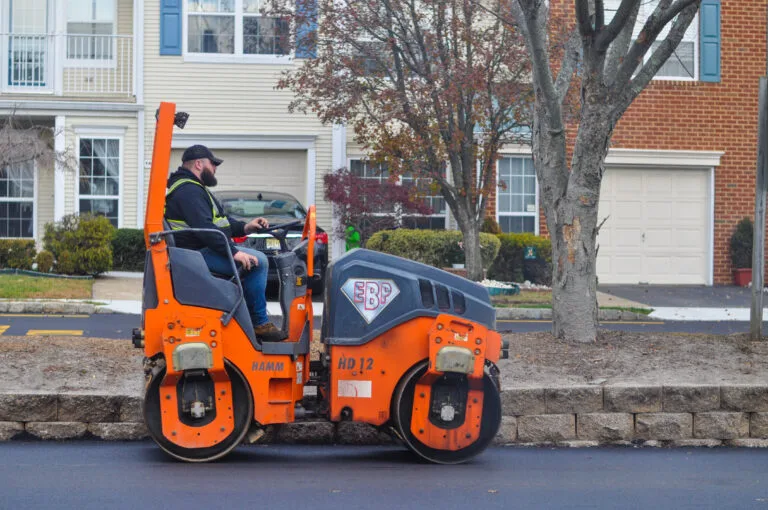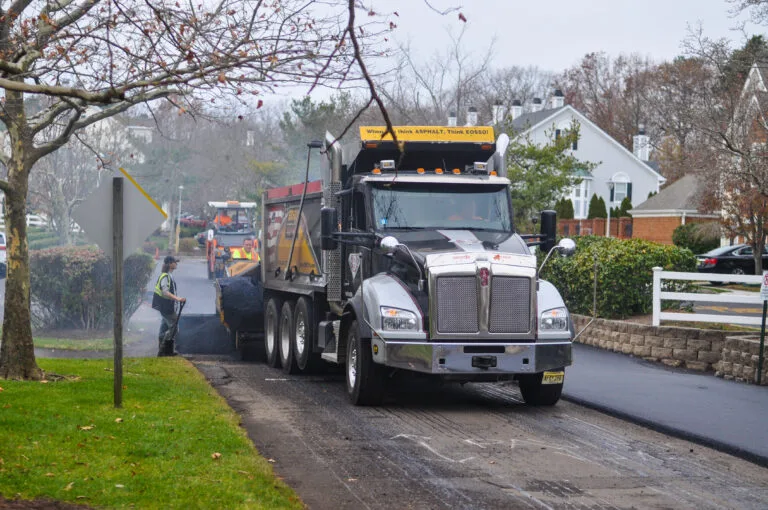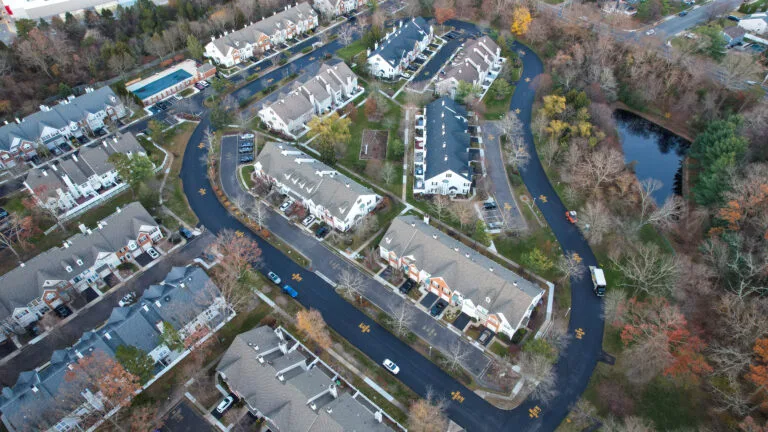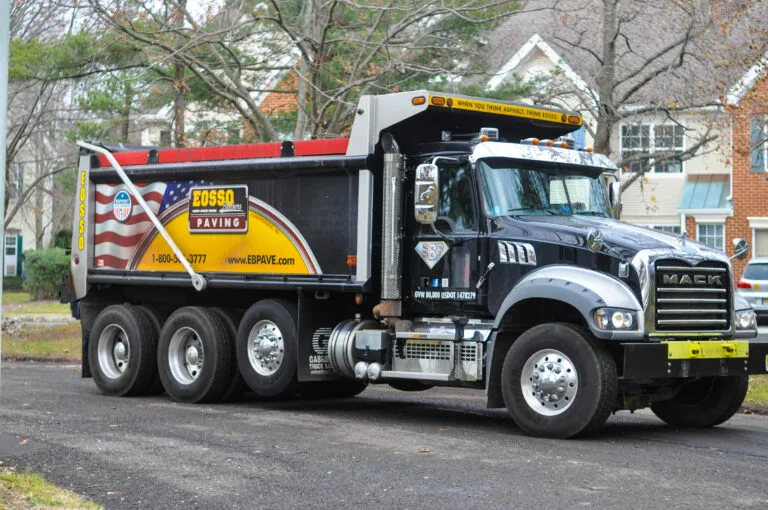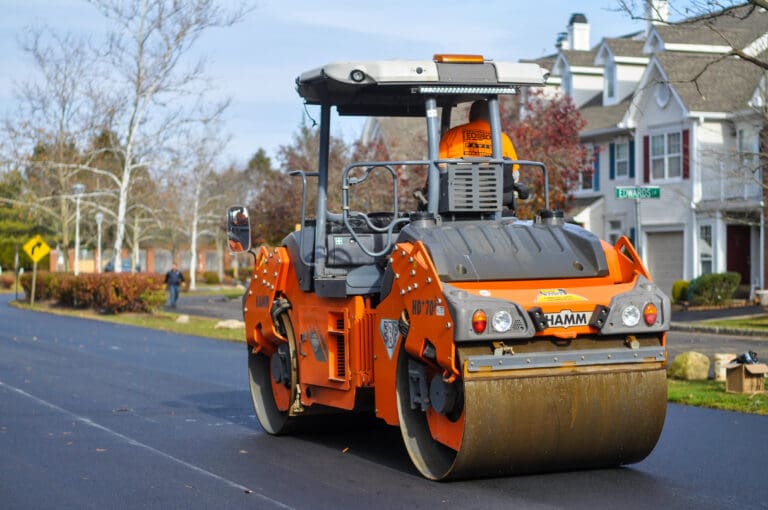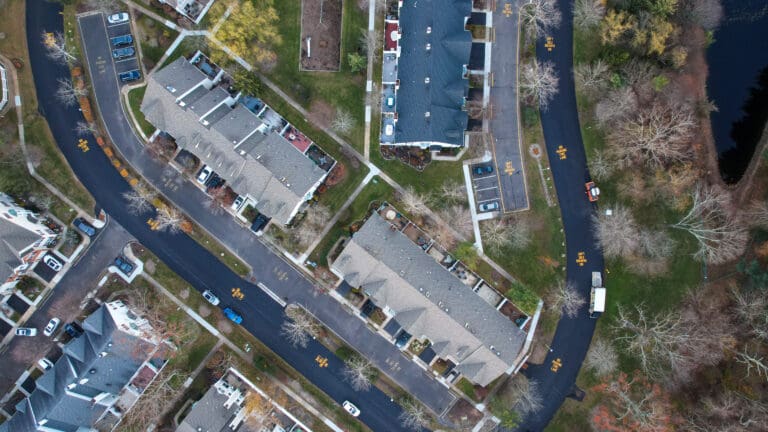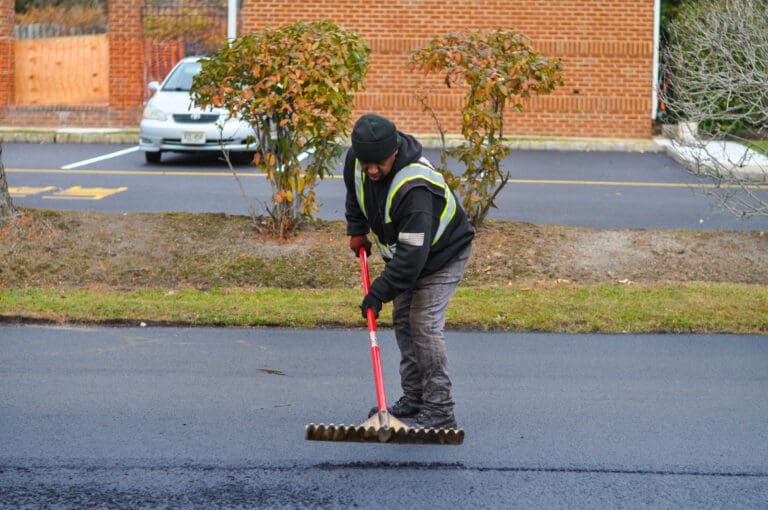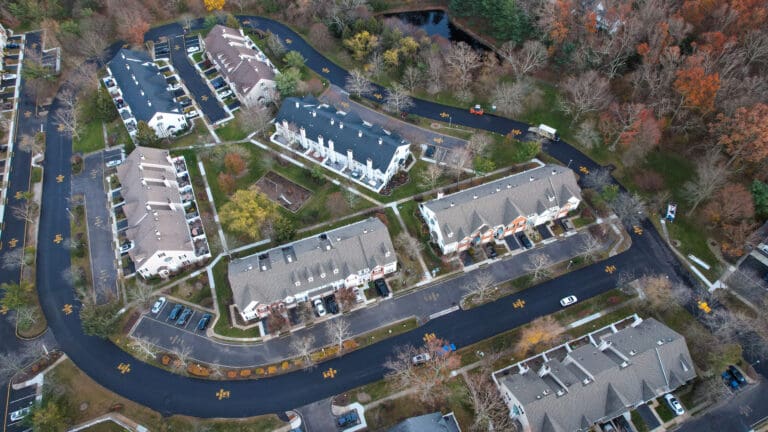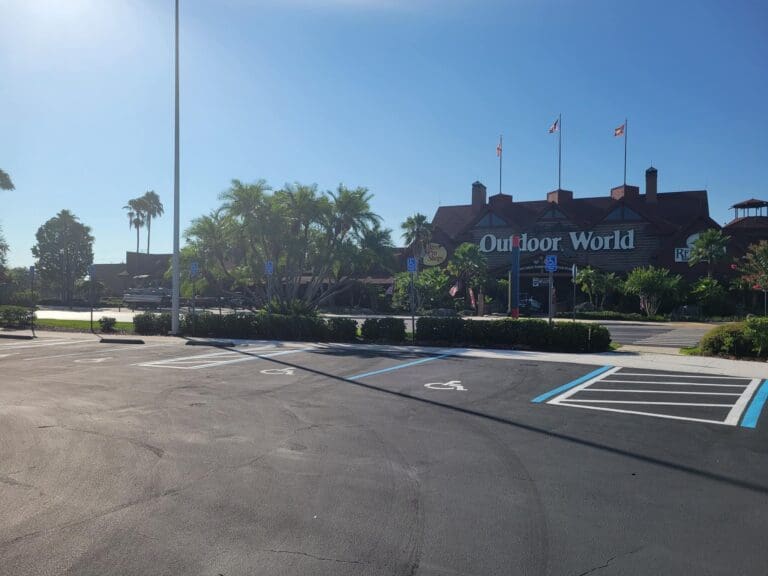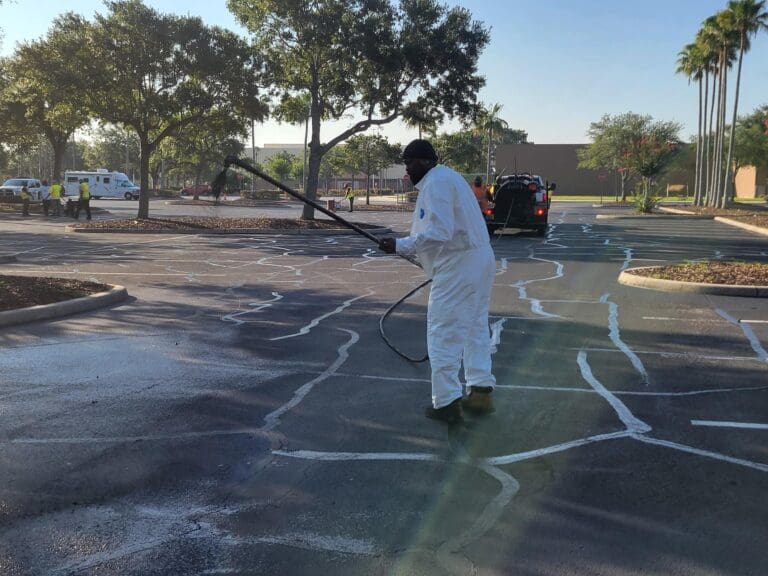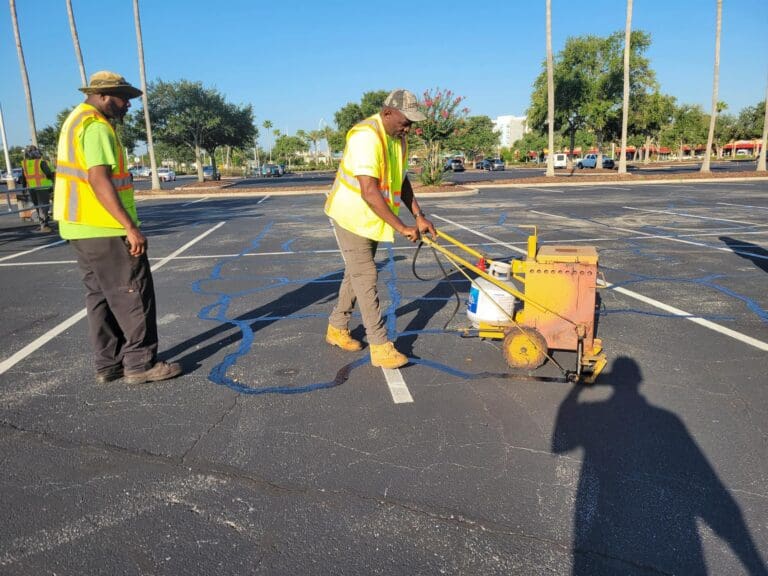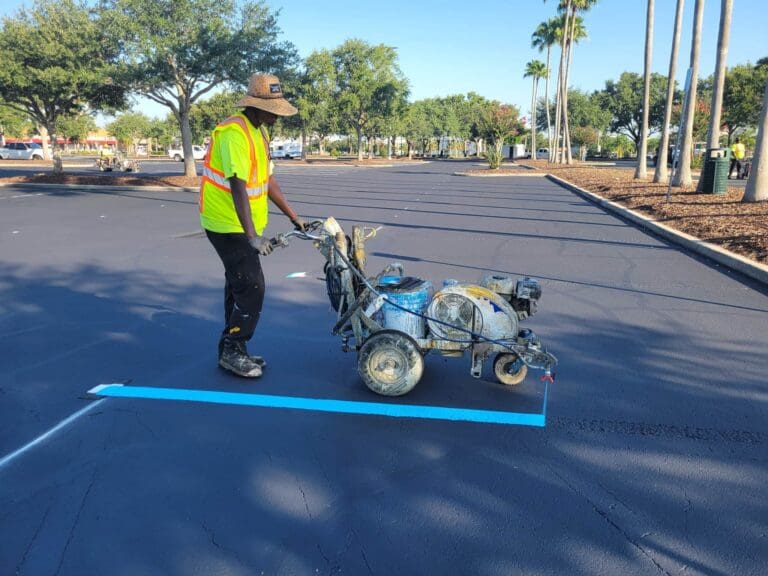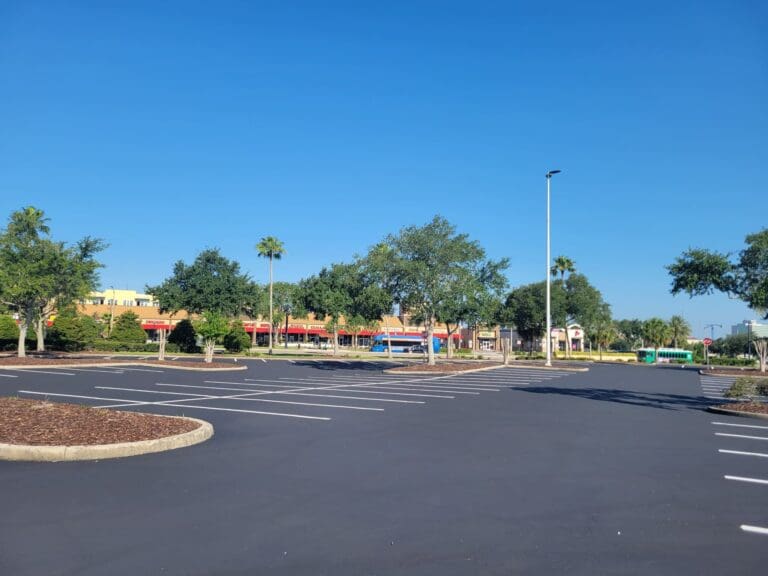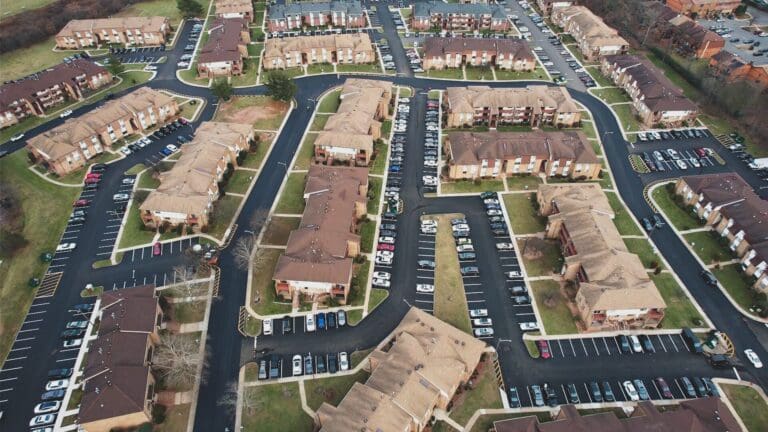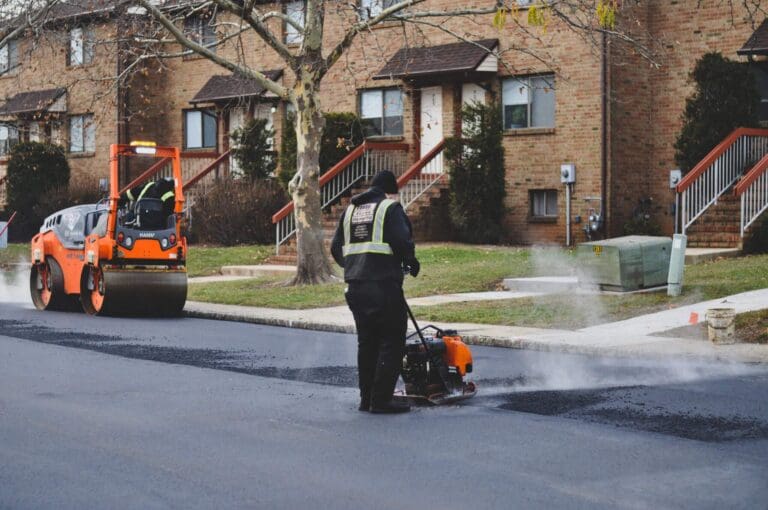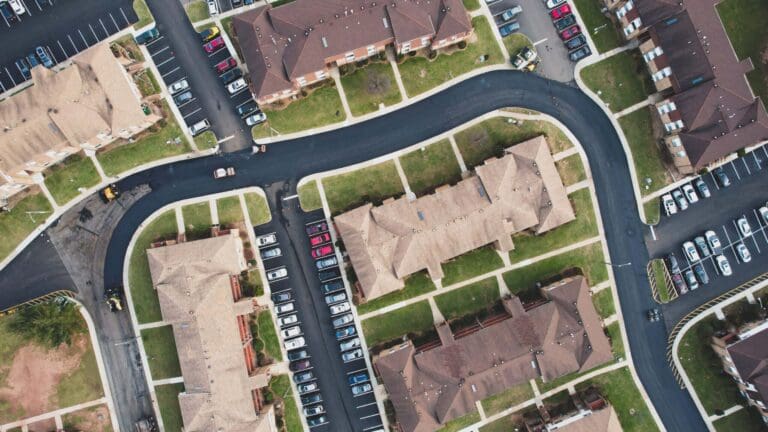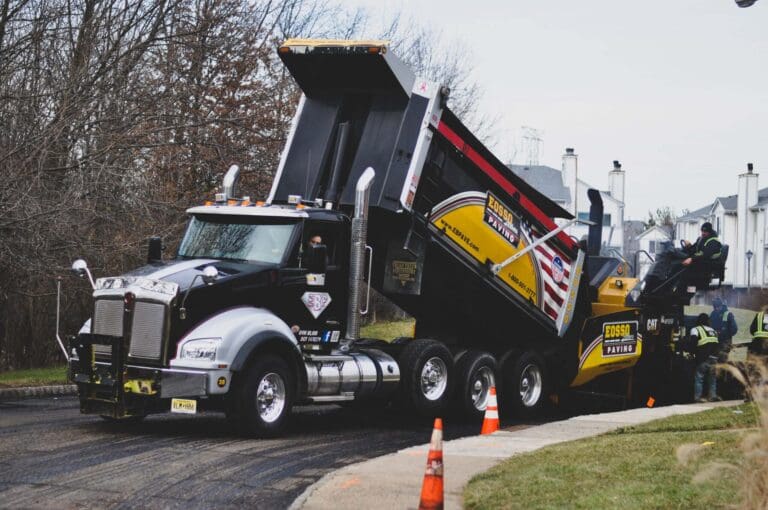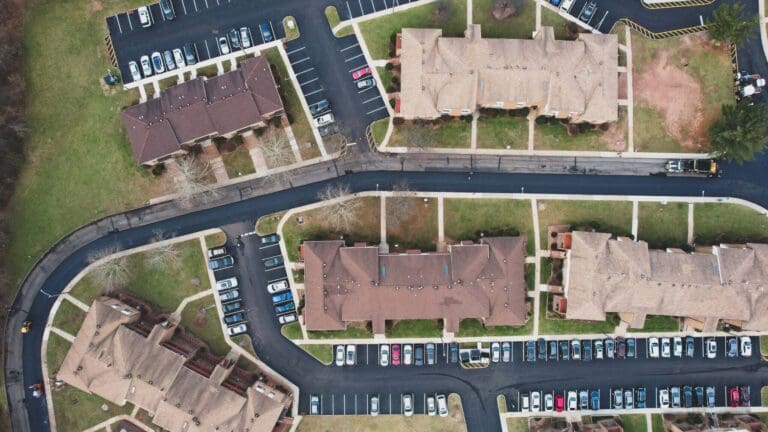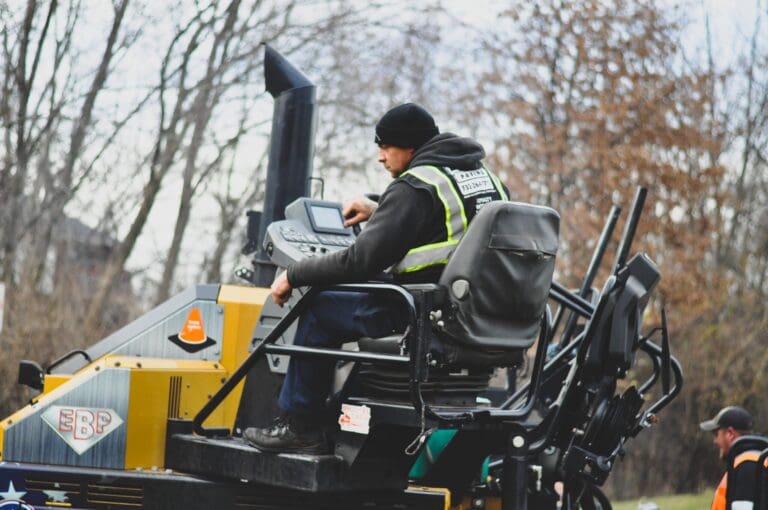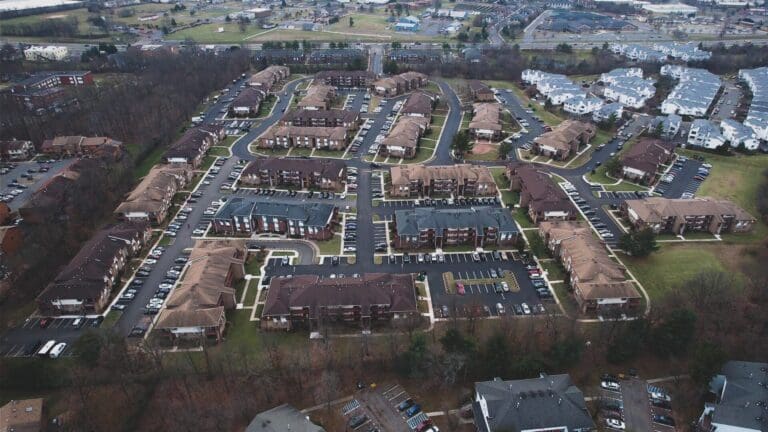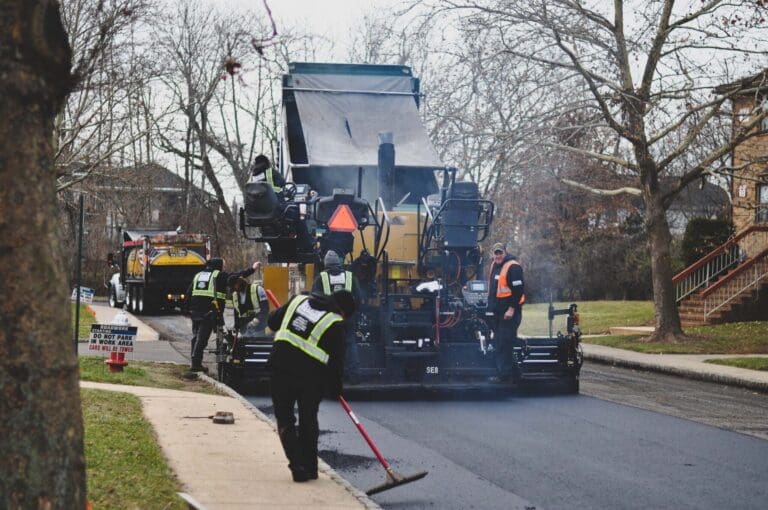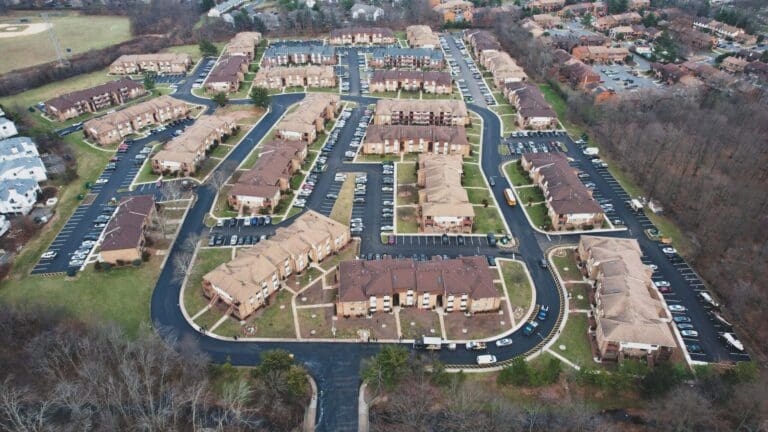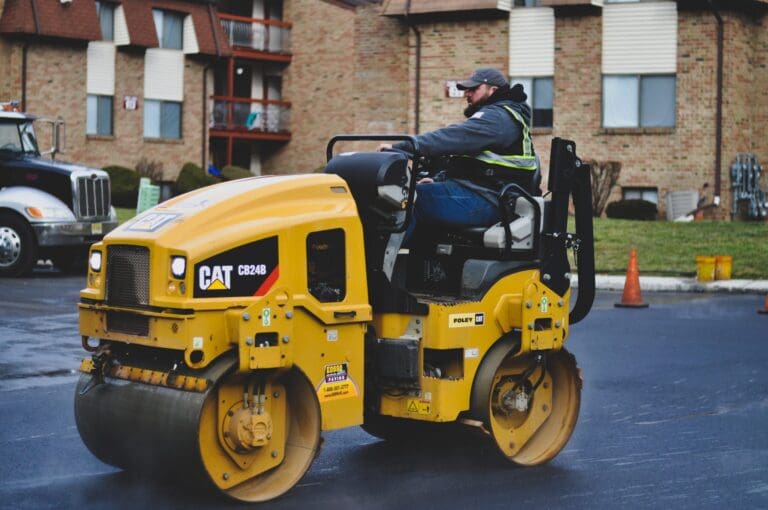INFRARED ASPHALT REPAIR & PATCHING
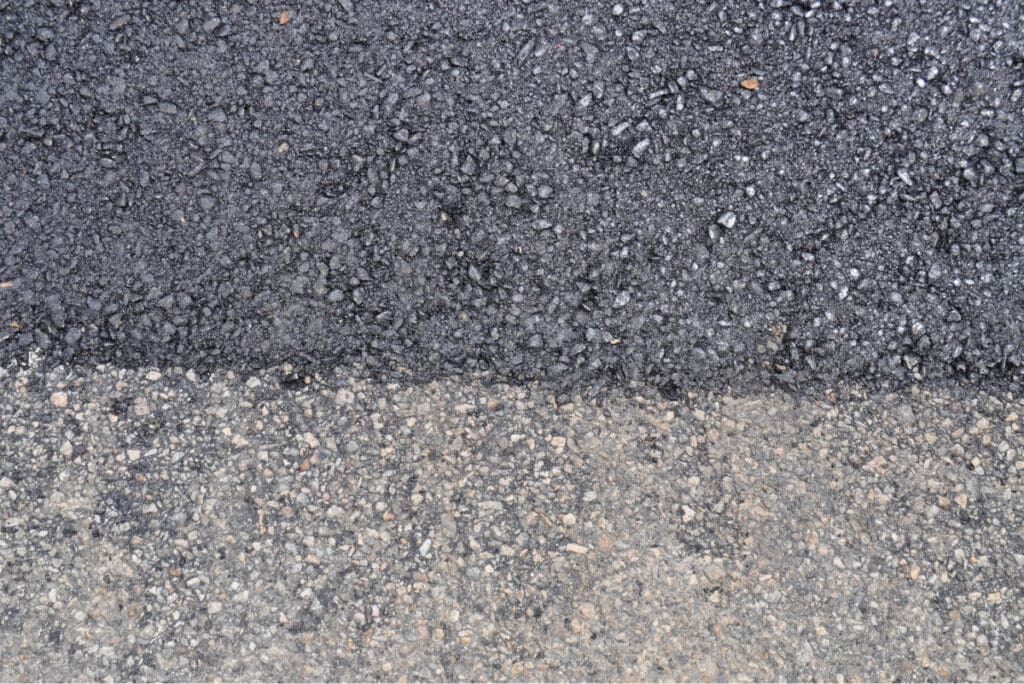
Infrared patching is an efficient, affordable, and more sustainable alternative to traditional pavement repairs. This approach places a smooth, waterproof patch over a damaged area of pavement to protect it from further damage.
The Process
Apply Heat
We combine the new asphalt and liquid binder with the existing pavement using heat. This repair method is more affordable and environmentally friendly than traditional methods because you don’t need as many materials.
Level & Compact
After scarifying the softened asphalt, we apply the fresh asphalt and hot binder mixture. Then, we smooth out and compact the new material to create a smooth finish.
ADVANTAGES OF INFRARED PATCHING
Infrared Patch
A budget-friendly, eco-friendly, and permanent way to prevent water leaks
Cold Patch
An affordable yet temporary solution
Traditional Patch
A permanent yet costly solution
Our Service Areas
New Jersey’s Premier Paving & Concrete Provider
Eosso Brothers Paving is the trusted name for reliable maintenance, repair, and installation services in communities throughout New Jersey, Eastern Pennsylvania, and Delaware.
Our Office:
- Farmingdale
383 Cranberry Road Farmingdale, NJ 07727
Have a job that isn’t within our service area? No problem. Our Pave America partners are here to help.
Explore additional Services
Get in Touch
Want to know more about our infrared asphalt repair services? Get in touch with a pavement specialist today.



